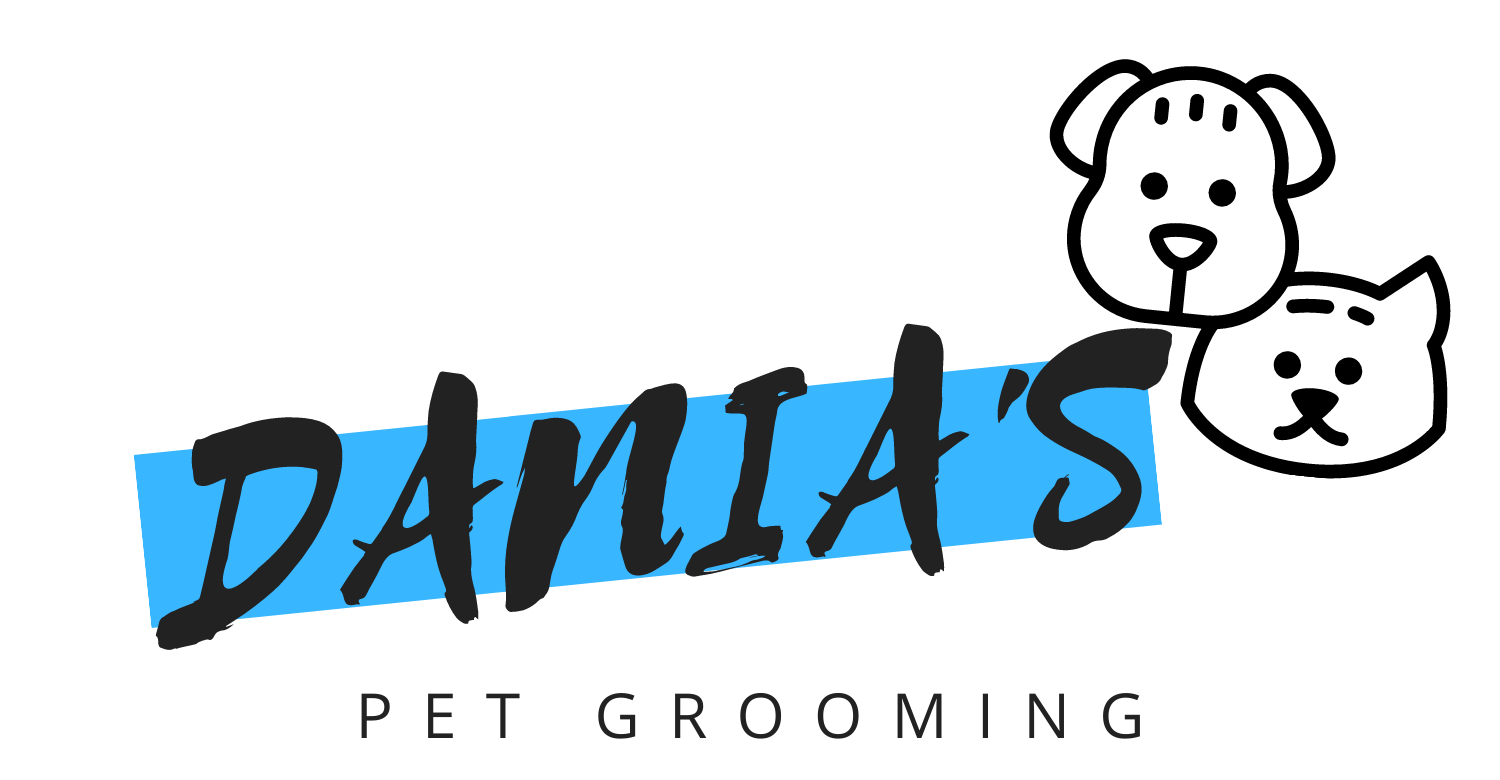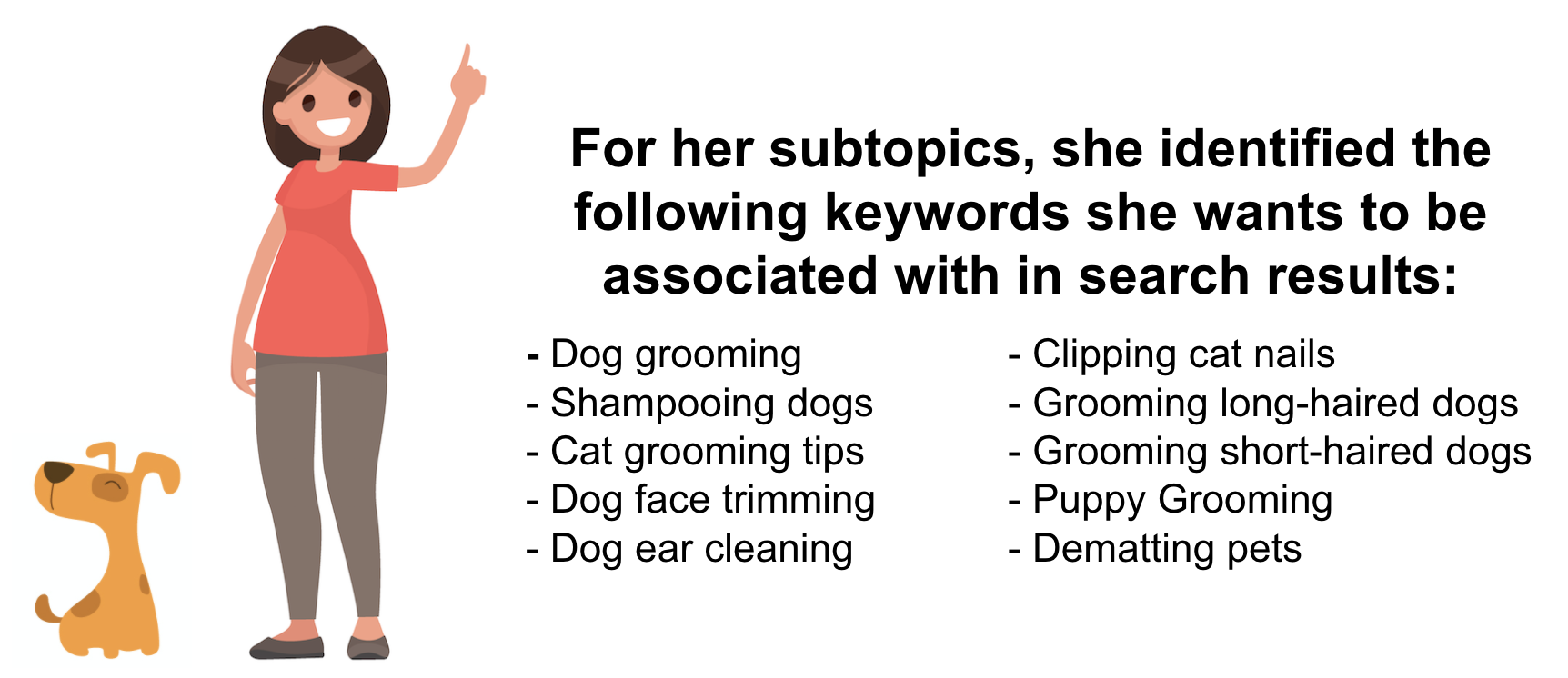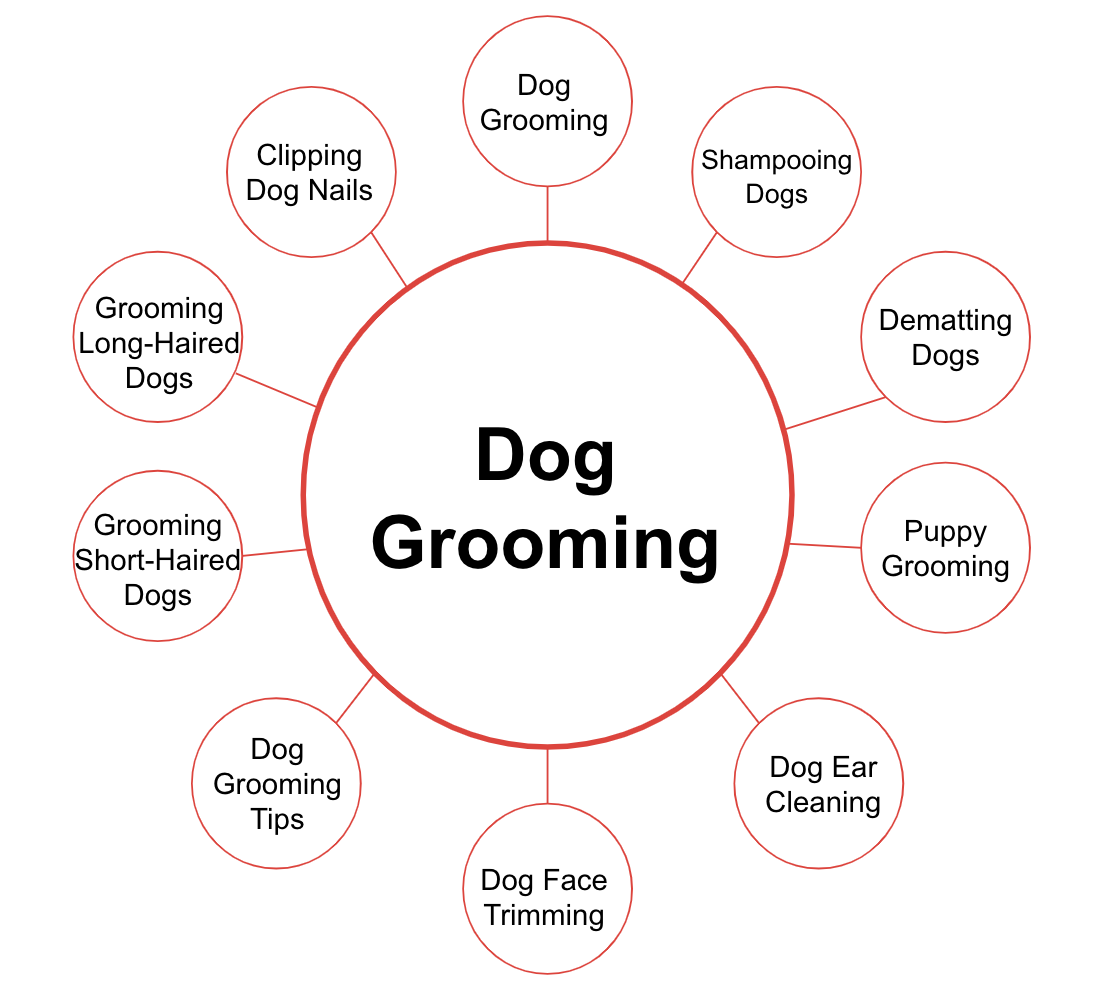You need to be where the customer is, instead of forcing your way into their life. A major way customers search for products and services in today’s economy is through web searches. That’s why planning content around keywords is so important! Luckily for marketers, search engines continue to improve and focus on getting the most relevant content in front of users.
While keyword research is still incredibly important, these advances in search engine abilities mean we also need to adjust how we publish content to promote our services or products.
In the past, it was easy to just stuff a blog post full of keywords and end up as a top result in search engines. Those days are gone. Google (and other search engines) now favor content that is in-depth and topic-based, meaning having a slew of specific keywords just won’t cut it anymore.
The best way to structure your content to show search engines your value is by using topic clusters.
What Are Topic Clusters?
Instead of published 10 independent pieces of content on your site, topic clusters allow you to take a bunch of related topics and stitch them together to create a comprehensive piece of content.
To do this, you’ll do the following:
- Create one “umbrella page” (also known as a pillar page) containing a high-level overview of a given topic. This page should be long and broken into chapters. Plan to have at least five chapters and a minimum of 2,000 words.
- Like an umbrella, you’ll create links to other blog posts containing more information for your readers. These will be scattered throughout this pillar page.
- Each individual blog post will link back to your umbrella page, allowing for readers to switch back and forth between a topic overview and more in-depth information. Over time, you’ll create more blog posts to expand on your topic knowledge, each time adding new chapters and new links both to and from the umbrella page.
How to Create a Topic Cluster: A Step-By-Step Guide
Step 1: Choose a Core Topic to Write About.
Think about the product or service the client company provides. If it’s an auto shop, a good core topic could be “used car maintenance.” Choose a core topic that has a search volume of least 500 monthly views and a keyword difficulty level of less than 70% (you can choose topics that don't meet these criteria, just know it will be VERY hard to get first-page ranking for this topic cluster).
Remember, your core topic should be a broad term. It shouldn’t be a sentence, but a keyword - usually 2-4 words. Make sure your topic pertains to your industry and is written in an educational manner for your readers. Also, don’t be afraid to end your blog posts with an appeal for people to learn more about your product and services.
Step 2: Identify Your Subtopics
Research keywords that will provide more in-depth information related to your core topic. Again, if the core topic is "used car maintenance," perhaps a subtopic could be “best-used car motor oil.”
Choose at least 10 subtopics you can link to from your pillar page. This setup is often referred to as a "10x Pillar."
Don’t forget to use content you've already created when planning topic clusters! If you have blog posts, videos, or downloadable resources you can repurpose do it! You'll save both time and money.
Step 3: Begin Creating Content
Now it's time to sit down and begin creating! Make sure to write with a tone that appeals to your audience. Try not to sound like a robot or use terms unfamiliar to targeted readers. Your buyer personas should be created and heavily relied upon during the creation process.
While there isn't an exact science to this, Rizen has found content to be more cohesive when the pillar page is created first. Having the high-level overview page completed allows you to create all subtopics in a way that matches the same tone and style.
Once you’ve written both your overview and your separate blog posts, make sure to link them to one another after publishing.
The entire topic cluster process can take a long time to create, and you’ll need to keep updating your umbrella page every time you create a new subtopic. This is the nature of content creation. You always need to keep your content fresh and valuable!

A Fictional Scenario: Dania's Pet Grooming Service
Let’s take a moment and look at a fictional scenario to show you how the topic cluster process would work for a fictional company. This process should
illustrate to you how the topic cluster process works - from start to finish.
 Meet Dania. Dania loves pets, and has decided to open a grooming service in her community.
Meet Dania. Dania loves pets, and has decided to open a grooming service in her community.
She knows the best way to attract customers is by creating valuable content to help them find solutions to a problem in their life. She wants to be their solution!
Dania has decided she should write about a topic directly related to a service she offers - pet grooming. This will be her core topic. It’s 2-4 words in length, is industry-specific, and will focus on educating her target audience.
She’s going to position herself at the top of every search engine when someone searches for a topic related to pets and grooming.
Dania takes time to sit down and write out subtopics related to pet grooming. She identifies 10 areas she can provide educational content on - including shampooing dogs, dog ear cleaning, clipping nails, and de-matting pets.
Each of these subtopics will be a separate blog post containing valuable tips and strategies. In turn, these subtopics will link back to the core topic page that contains an overview of each of these terms!

Remember, Dania didn’t choose these subtopics at random. She did keyword research to see what people were already searching for. This increases her chances of people finding her blog posts and seeing her as a trusted expert on this topic.
Here’s what the final product would look like. Dania’s core topic and subtopics are all attached, giving her a comprehensive library of content to attract new customers.

Topic Cluster Recap
To build a topic cluster, you need to:
- Begin by identifying a topic that you want to become a subject matter expert on and rank for on Google; it must be educational, but directly support one of your products or services.
- Perform a series of searches on Google or Ubersuggest around this topic. Make notes of what content already exists and opportunities where you may be able to provide new value on the subject matter.
- Complete the topic cluster wheel by generating 10 subtopics to build around your core topic.





![Reignite Your Millennial Marketing Efforts With These [On Fleek] Ideas](https://blog.gorizen.com/hs-fs/hubfs/Podcast/009%20-%20Millennial%20Marketing%20Blog.gif?length=600&name=009%20-%20Millennial%20Marketing%20Blog.gif)


No Comments Yet
Let us know what you think